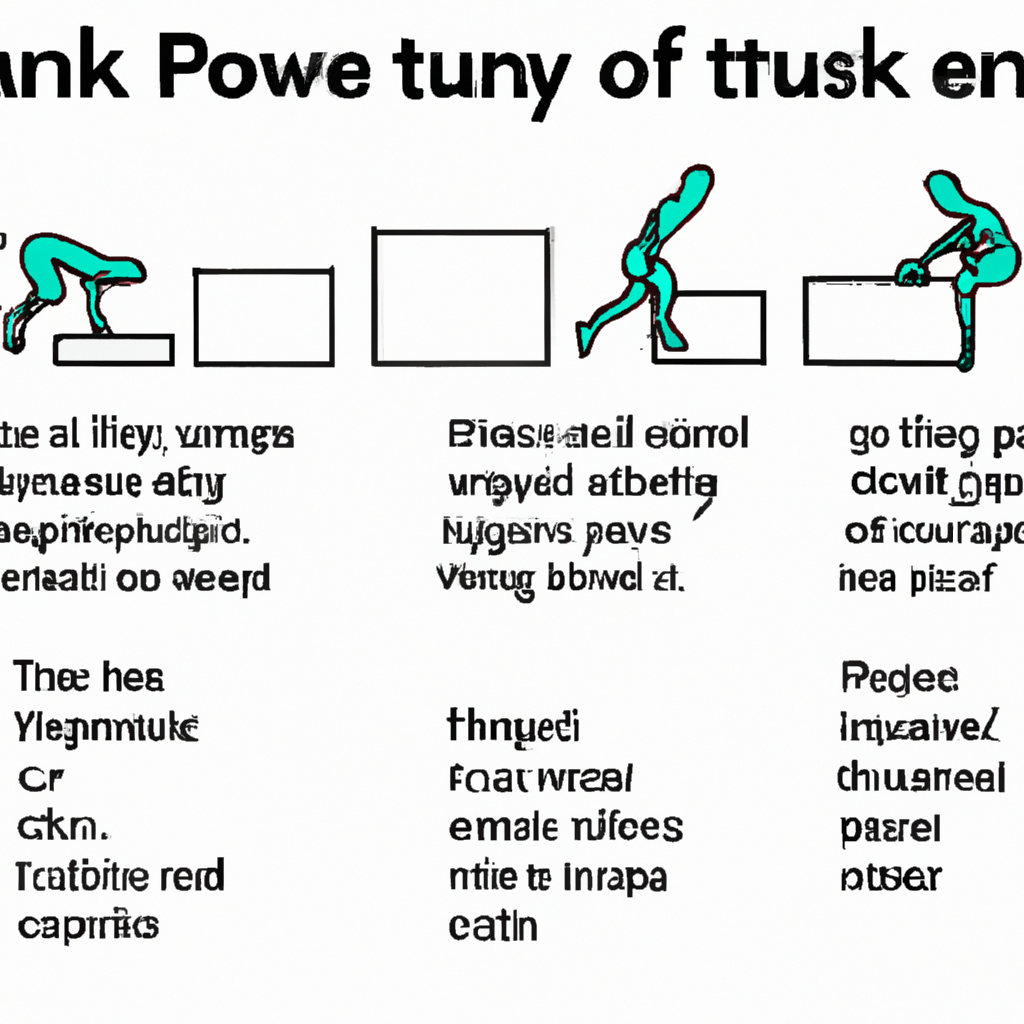Parkour is a fluid physical discipline that requires you to move freely from one place to another. You must use your strength, flexibility, agility, and strength to overcome any obstacles. Parkour is a fun, challenging, and enjoyable way to improve your coordination, creativity, and self-confidence. It can be done anywhere, anytime, by anyone. This guide will teach you how to parkour safely and effectively, step-by-step, no matter if you are a beginner, intermediate, or advanced practitioner.
Introduction to Parkour
Parkour was created in the late 1980s, by David Belle, a Frenchman who was inspired by his father’s natural movements as a soldier and firefighter. Belle and his friends devised a system of principles and techniques to move quickly and efficiently in urban and natural environments. They called it “parkour” (from French “parcours”, which means “course” or “route”) Parkour has grown to be a global community with thousands of practitioners and competitions around the globe.
Parkour has many benefits
Parkour is not only an impressive form of movement but also a powerful way for you to improve your mental, physical, and social health. Here are some key benefits to parkour:
- Strength: Parkour requires strength in the core, upper body and legs. You must lift and push your body weight up over walls, railings and other obstacles.
- Flexibility: Parkour requires flexibility in your joints, muscles, and ability to bend, twist and land in different positions.
- Parkour teaches agility: Parkour improves coordination, balance, and spatial awareness. You need to be able to move quickly in complex and unpredictable environments.
- Endurance: Parkour increases your endurance and metabolic fitness. You need to be able to focus and sustain your effort for long periods of times under different conditions.
- Creativity: Parkour tests your creativity and problem-solving skills. You will need to come up with innovative solutions to different situations and obstacles.
- Confidence: Parkour helps you build self-esteem and resilience as you face and overcome fear, uncertainty and failure in a supportive, non-judgmental environment.
- Parkour is a socialization program that connects you with people who share your passions and values and can inspire you to improve.
How to start parkour
Here are some steps to get started in parkour.
- You need to find a safe place to train. You should ensure that the area is free from hazards like broken glass, sharp edges and low-hanging branches. Respect the privacy and property others and ask permission if necessary.
- Comfortable and protective clothing is essential: Wear loose, flexible clothing that allows you freedom of movement and protects your skin from cuts, bruises, and fractures. Consider wearing long-sleeved shirts and pants, as well padding gloves, shoes and helmets depending on the intensity of your training.
- Warm up and stretch: Before starting any parkour moves, warm up and stretch all your joints and muscles. This will prevent injuries and improve your physical performance. Do light jogging, jumping-jacks, or stretching exercises for 10-15 minutes. Focus on your legs, arms and neck.
- You can begin to master the basics of parkour: You can practice many basic parkour moves, including the precision jump, roll, vault, climb, and wall run. You should master each move step-by-step and practice it in different contexts and directions. You can also try different combinations and styles of moves depending on your level and style.
- Training with a partner/group: Parkour can be difficult and risky if done alone. It is best to train with a partner, or a group that shares your goals. Find a coach or training community that can give you feedback, support, motivation, and help you to stay accountable and safe.
- You can progress slowly and safely: Parkour, a dynamic and progressive discipline, requires that you start with the basics and then increase the complexity and difficulty of your moves. You must be aware of your limits and not push yourself too far. Avoid trying moves beyond your ability or level. Always warm up before you start any training session. You should also practice in a controlled and safe environment to avoid putting your safety or that of others.
Parkour Principles and Techniques
Parkour is a collection of techniques and principles that can be used to overcome obstacles and move in any environment. These are some of the most useful and common parkour principles and techniques:
- Precision jump: This is a fundamental parkour move that requires precision and control when jumping from one point or another.
- Roll: This is a fundamental parkour move. It allows you to absorb impact, transfer momentum, and land or fall while rolling.
- Vault: The vault allows you to pass over or under obstacles quickly and efficiently.
- Climb: This parkour move allows you to climb and descend vertical surfaces with strength, precision, and control.
- Wall run: This is a dynamic parkour move where you run up and down a vertical surface with speed, power and agility.
Parkour Safety Tips
Parkour can be challenging and rewarding, but it also comes with some dangers and risks if it is not done correctly. Here are some tips for staying safe while doing parkour.
- Start with the basics. Before you attempt any advanced or difficult moves, you should be able to master the basics.
- Parkour is a team sport. It is important to train with a partner or a group.
- Stretch and warm up: Before you begin your parkour training, ensure that you stretch and warm up properly.
- Use the right gear: Wear protective and comfortable clothing that is appropriate for your level of parkour.
- Parkour is dangerous. Always be aware of your surroundings.
- You can progress slowly and safely. Don’t try any moves beyond your current level of experience or knowledge. Always start with simple and safe variations.
- Have fun and respect others: Remember that parkour isn’t just about performance or competition. It’s also about creativity, self expression, and building community.

Leave a Reply